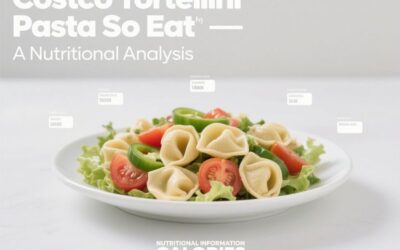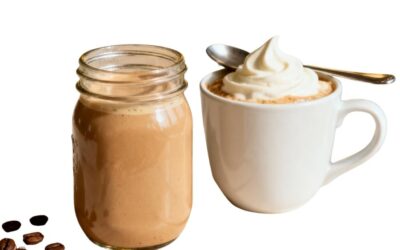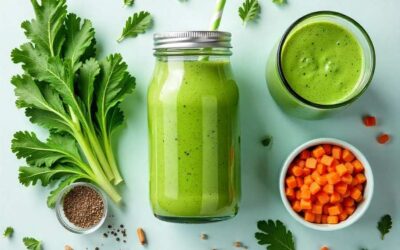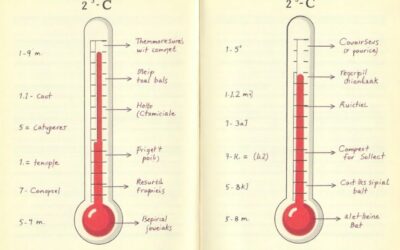Costco’s tortellini pasta salad has become a staple for busy households seeking convenient meal solutions. This ready-made dish offers substantial portions at competitive prices, but understanding its nutritional profile becomes essential for those monitoring dietary intake or managing specific health conditions.
The prepared salad combines cheese-filled tortellini with vegetables and dressing, creating a complex macronutrient profile that merits careful examination. For consumers making informed dietary choices, analyzing the caloric density, sodium content, and ingredient quality provides crucial data for meal planning and aligning with nutritional goals.
Macronutrient Composition and Caloric Density
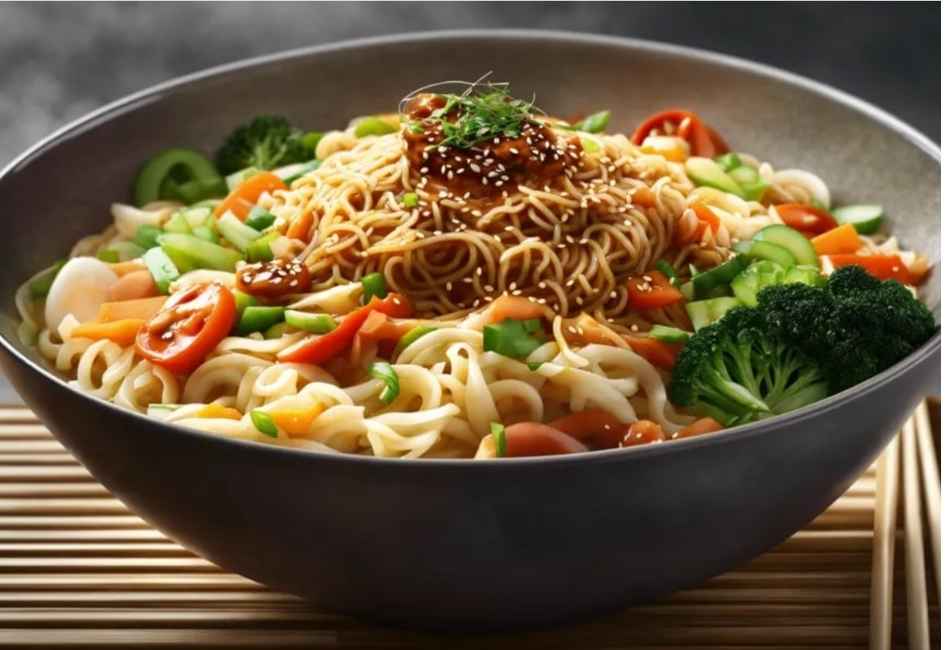
A standard serving of Costco’s tortellini pasta salad typically contains approximately 320-350 calories per cup, with significant variation depending on the specific recipe formulation and seasonal ingredient modifications. The macronutrient distribution follows a carbohydrate-dominant pattern, with refined wheat flour from the pasta contributing the primary caloric load.
The protein content ranges from 12-15 grams per serving, primarily derived from the ricotta and Parmesan cheese filling within the tortellini. This protein quantity represents roughly 24-30% of the recommended daily intake for sedentary adults, making it a moderate protein source rather than a high-protein option.
Fat content varies considerably based on the dressing formulation, typically ranging from 18-22 grams per serving. The fat profile includes both saturated fats from dairy components and unsaturated fats from oil-based dressing ingredients. This fat content contributes approximately 50-60% of the total caloric value.
Micronutrient Profile and Dietary Considerations
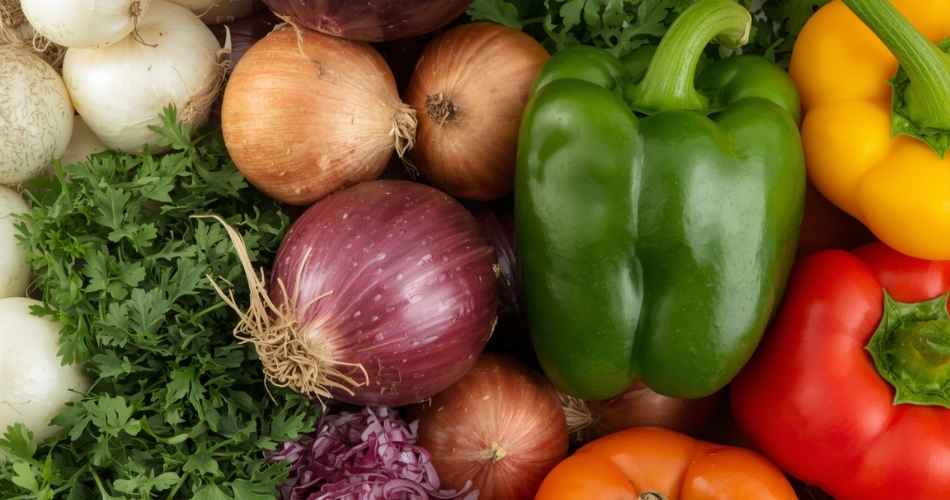
The vegetable components—typically bell peppers, red onions, and herbs—provide modest amounts of vitamins A and C, along with small quantities of folate and potassium. However, the processing methods and storage duration may reduce the bioavailability of these heat-sensitive and water-soluble vitamins.
Sodium content presents the most significant nutritional concern, with servings containing 800-1,000 milligrams of sodium, representing approximately 35-43% of the FDA’s recommended daily limit of 2,300 milligrams. This elevated sodium level stems from multiple sources: the cheese filling, preserved vegetables, and the seasoned dressing system.
The calcium content benefits from the dairy components, providing roughly 150-200 milligrams per serving, contributing approximately 15-20% of the recommended daily intake. Iron content remains minimal due to the refined flour base and limited vegetable diversity.
Ingredient Quality and Processing Considerations
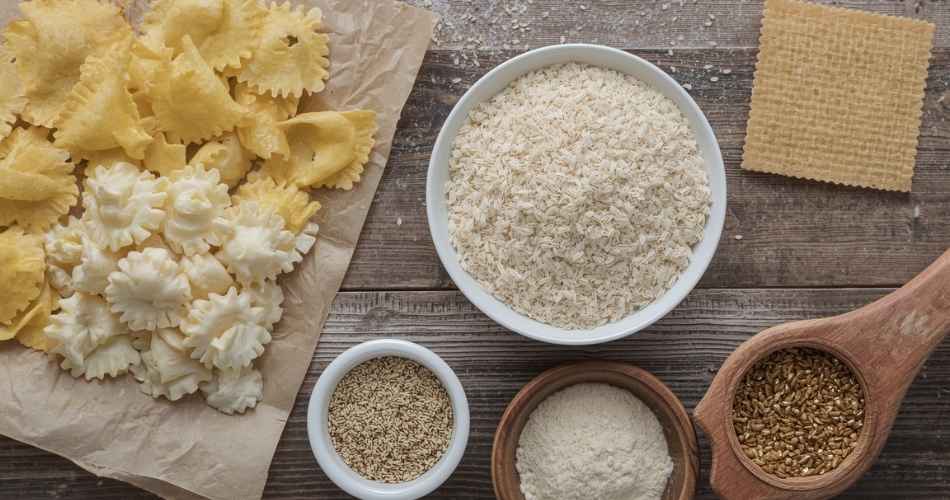
The tortellini base utilizes enriched wheat flour, which has been stripped of naturally occurring nutrients during processing, then fortified with synthetic vitamins and minerals. This processing approach reduces fiber content and alters the glycemic response compared to whole grain alternatives.
The cheese filling typically contains ricotta, mozzarella, and Parmesan cheeses, along with stabilizers and preservatives to extend shelf life. These additives, while generally recognized as safe, may present concerns for individuals with specific food sensitivities.
The dressing system incorporates emulsifiers, acidifiers, and flavor enhancers to maintain product stability and palatability throughout the distribution chain. These functional ingredients contribute to the overall sodium load while enabling the extended refrigerated shelf life consumers expect.
Portion Control and Dietary Integration Strategies
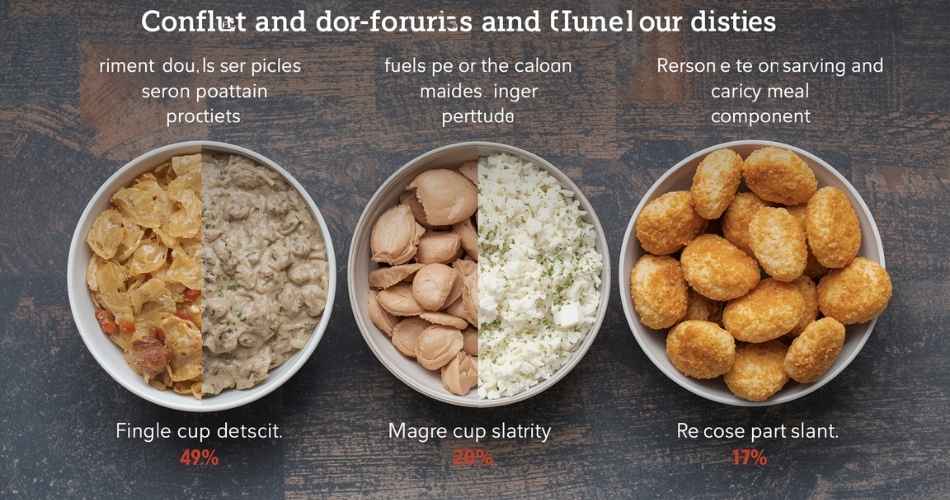
The generous serving sizes typical of Costco products require careful portion management for individuals following calorie-controlled diets. A single cup serving provides substantial caloric density, making it suitable as a complete meal component rather than a side dish for many dietary plans.
For enhanced nutritional value, consider supplementing the pasta salad with additional fresh vegetables to increase fiber content and dilute the caloric density. Dark leafy greens, cherry tomatoes, or cucumber additions can improve the overall nutrient-to-calorie ratio while adding textural variety.
The high sodium content necessitates careful integration into daily meal planning, particularly for individuals managing hypertension or following heart-healthy dietary patterns. Pairing with low-sodium foods throughout the day becomes essential for maintaining recommended daily limits.
Making Informed Purchasing Decisions
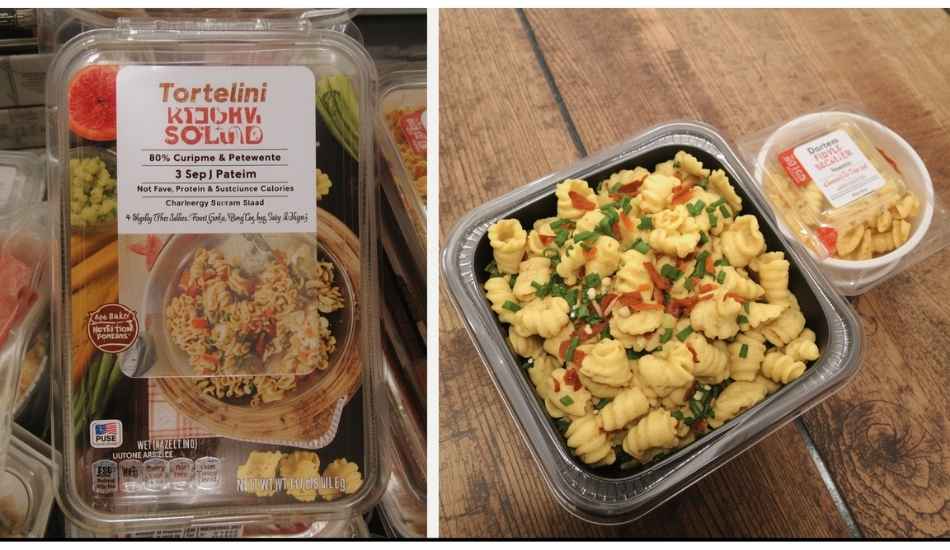
Costco’s tortellini pasta salad serves as a convenient option for time-constrained consumers, but nutritional trade-offs require acknowledgment. The product provides moderate protein content and substantial calories in a ready-to-eat format, making it suitable for active individuals requiring quick energy sources.
However, the elevated sodium content, refined carbohydrate base, and limited micronutrient diversity suggest this product works best as an occasional convenience food rather than a dietary staple. For regular consumption, consider preparing homemade versions using whole grain pasta, reduced-sodium ingredients, and increased vegetable content to optimize nutritional value while maintaining convenience.
Understanding these nutritional parameters enables consumers to make informed decisions that align with their individual dietary goals and health requirements, whether seeking convenient meal solutions or managing specific nutritional needs.










